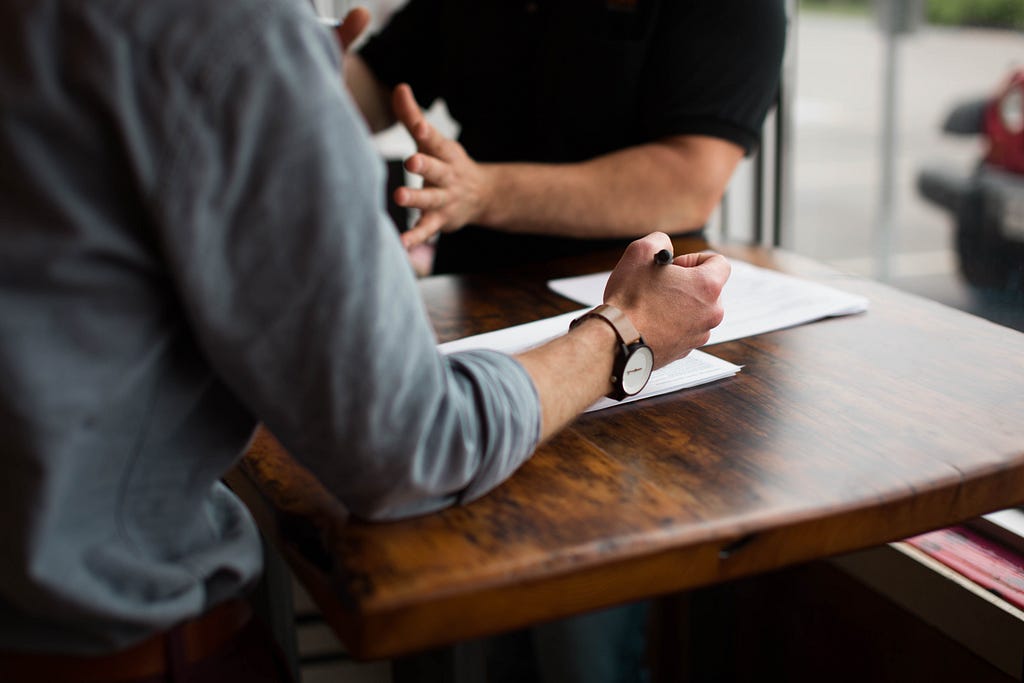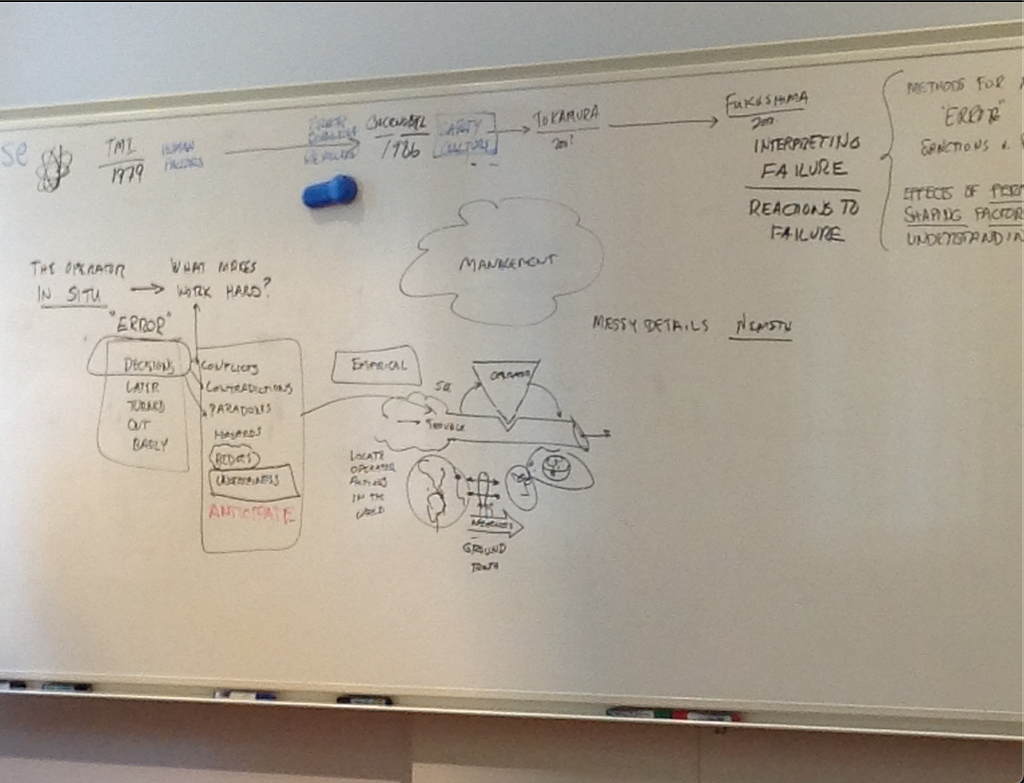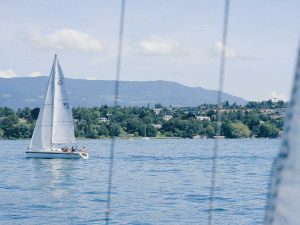So what should we do on Monday morning? — Putting modern safety science into practice

While it has been pointed out by researchers that the maritime industry is lagging behind other safety-critical domains in embracing contemporary approaches to safety, the industry is certainly on the move now.
A still growing audience within maritime safety management is starting to pick up on the key messages conveyed by prominent trendsetters like Sidney Dekker in his “New View” on safety, and Erik Hollnagel with “Safety-II”.
We hear about the fallacies of shaming and blaming the operational people, how we cannot trust procedures as safeguards against errors, and that we need to change our focus from what goes wrong to what goes right.
However, the question of what do we then do, and how do we put these ideas into practice remains with many.
In this blog post, I will lay out how Scoutbase was conceived from a vision of trying to fill this gap.
A vision is created
Let me just turn back time to January 2015, to the Swedish town of Lund. I had just started studying at the University in Lund for my master’s degree in human factors and system safety (the program that Sidney Dekker had founded nearly 10 years back when he was a Professor at the Lund University School of Aviation).
I was there for the initial `learning lab´, an intense first full week of discussions and input with a critical take on safety practices that kicked off the studies. The people coming to study in Lund on this programme, or even just to participate in the learning labs, are highly skilled professionals from a variety of safety-critical domains. On Thursday there was a guest lecturer running the show; Dr. Richard Cook (MD) who has been part of the safety scientific domain for many years, lifting the heritage of Jens Rasmussen together with David Woods, Erik Hollnagel, Sidney Dekker, Nancy Leveson, René Amalberti to mention a few prominent names. In the picture below we can see Dr. Cook’s whiteboard, which was completely filled with illustrations and scribblings several times during that day.

Dr. Cook was passionate! Very passionate (search him on YouTube to get a sense of this – If you have an interest in software development you will definitely want to hear what he has to about this field of operations!). After exploring a variety of safety-related concepts and historical developments throughout the entire day, the demanding crowd wanted him to get practical: “All good Dr. Cook… But what should we do Monday morning, back at work?” was the question. Dr. Cook instantly boiled it all down to just one sentence in his reply to us students:
“Go home, and start asking people what it is that makes work hard for them”
These words, out of thousands shed that week, about the new view on safety, resilience engineering, situational awareness, safety culture, etc., were those that burned themselves solidly into the back of my mind. At the time I was working as a marine accident investigator at the DMAIB, and Dr. Cook’s words would come to define my focus in investigating accidents onwards. But the idea of wanting to improve safety by using this very hands-on and practical operationalization of contemporary safety science, not in a reactive way, but in a proactive organizational systems-design context, kept lingering and eventually I switched accident investigations with software development in pursuit of this idea. I wanted to make shipping organisations able to ask people about “what makes work hard”, and I wanted it to happen at scale! This is how Scoutbase was conceived.
What’s behind these golden nuggets?
So, what is the logic behind Dr. Cook’s words that just hit me that hard? The thread leads back to Jens Rasmussen, who was a research professor at the Danish national nuclear energy research facility, researching control room design.

Following the disaster, at the Three Mile Island, nuclear power plant (TMI)in 1979, Rasmussen and his fellows would come to define a new branch of safety research, which came to be known as the `Joint Cognitive Systems´ (JCS) school of safety. In very very brief; the foundation for JCS theory is that context and perception are important, and an understanding of safety cannot be developed without the understanding of the “local rationality” of the people doing work. Frameworks like Safety-II, Resilience Engineering and The New View on safety all hinges on this, and they all have strong threads back to JCS and Jens Rasmussen. In fact, Dr. Cook made another claim during that 2015 learning lab; that pretty much none of the ideas propagated by today’s “safety-gurus”, Rasmussen had not already described 30 years earlier. In the video below, Dr. Johan Bergström explains how safety science divided into two overarching branches following TMI, with JCS on one side.
https://medium.com/media/e5bd7507a0c9284cd2b5f3d8d37de611/href
Get practical — Get Scoutbase
Ok, but that all sounds very academic. So how do we get going? Well, one of the (practical) challenges with this qualitative approach — asking people about the difficulties they experience — is the resources it demands, especially if you operate a large and distributed workforce like in maritime.
This is one of the fundamental challenges that can be helped by modern technology, and this is what we benefit from with the Scoutbase platform: We can ask seafarers about their daily lives, the challenges they experience in an automated way. With these insights captured, we can then decide on what we want to focus on and where to make changes that will make a difference for the seafarers.
Because if we do exactly that, we will remove obstacles to performance at work, just as well as we will help conditions for safe and effective work processes. The trickle-down can even encompass the wellbeing of seafarers as well.
At Scoutbase we are keen to keep talking about the positive effects of working with safety proactively and data-driven, and the myriad of benefits that we see. Should you want to hear more then do not hesitate to get in touch.
Mads Ragnvald Nielsen, Co-founder at www.scoutbase.com, ma**@*******se.com
So what should we do on Monday morning? — Putting modern safety science into practice was originally published in Scoutbase — Realtime Leading Safety Indicators on Medium, where people are continuing the conversation by highlighting and responding to this story.
